
Park Model Tiny Home Foundations | The Complete Guide
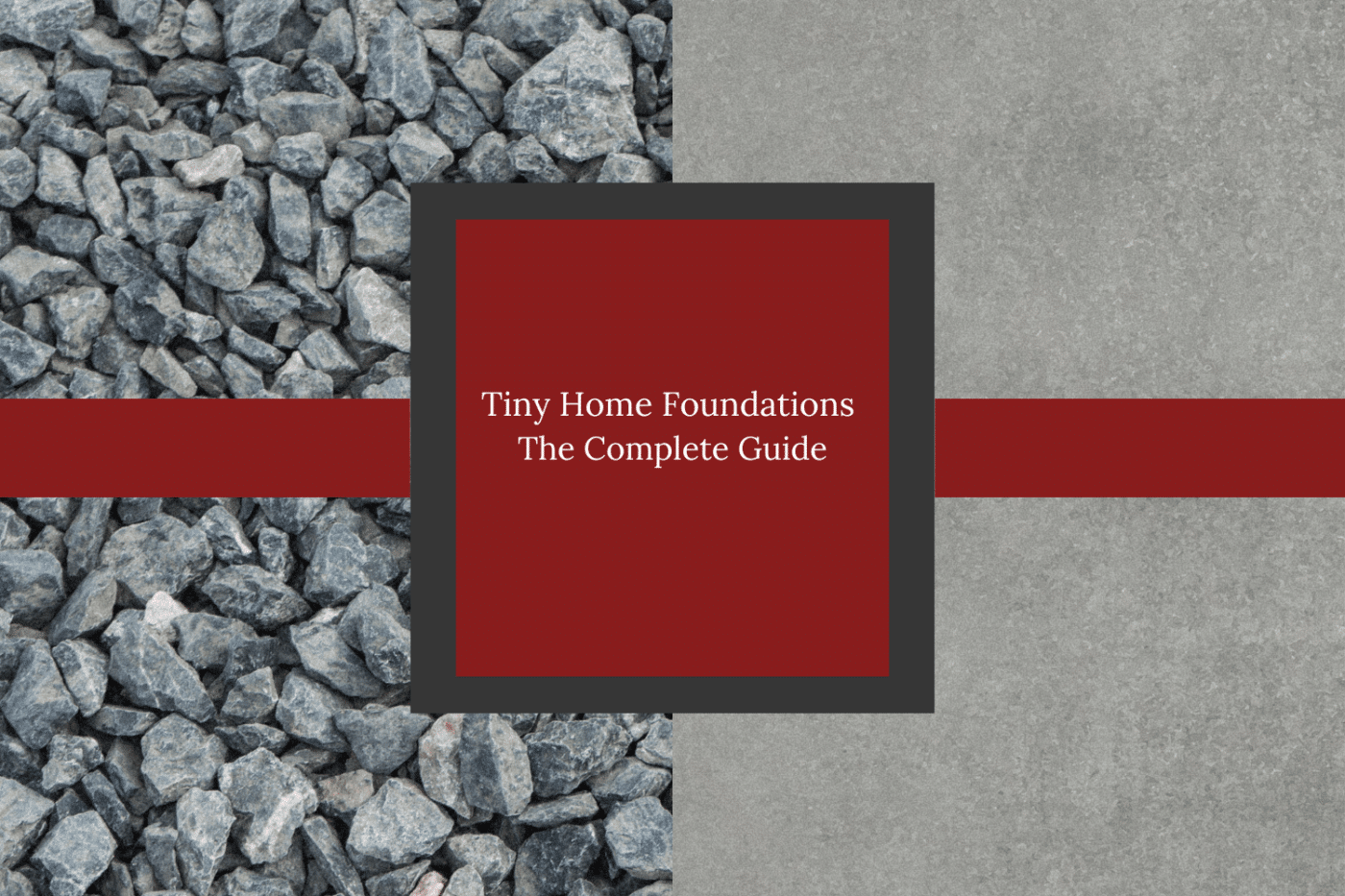
Did you know that not having a foundation for your park model tiny home will result in a shorter lifespan for the building? But don’t worry; at Zook Cabins, we have everything you need to know about the foundation needs of these buildings. So, whether you are a campground looking to get into having more park models on your property or wanting to understand how to make a tiny home your residence, this guide will help you develop a way to get things done.
What Is A Park Model Tiny Home?
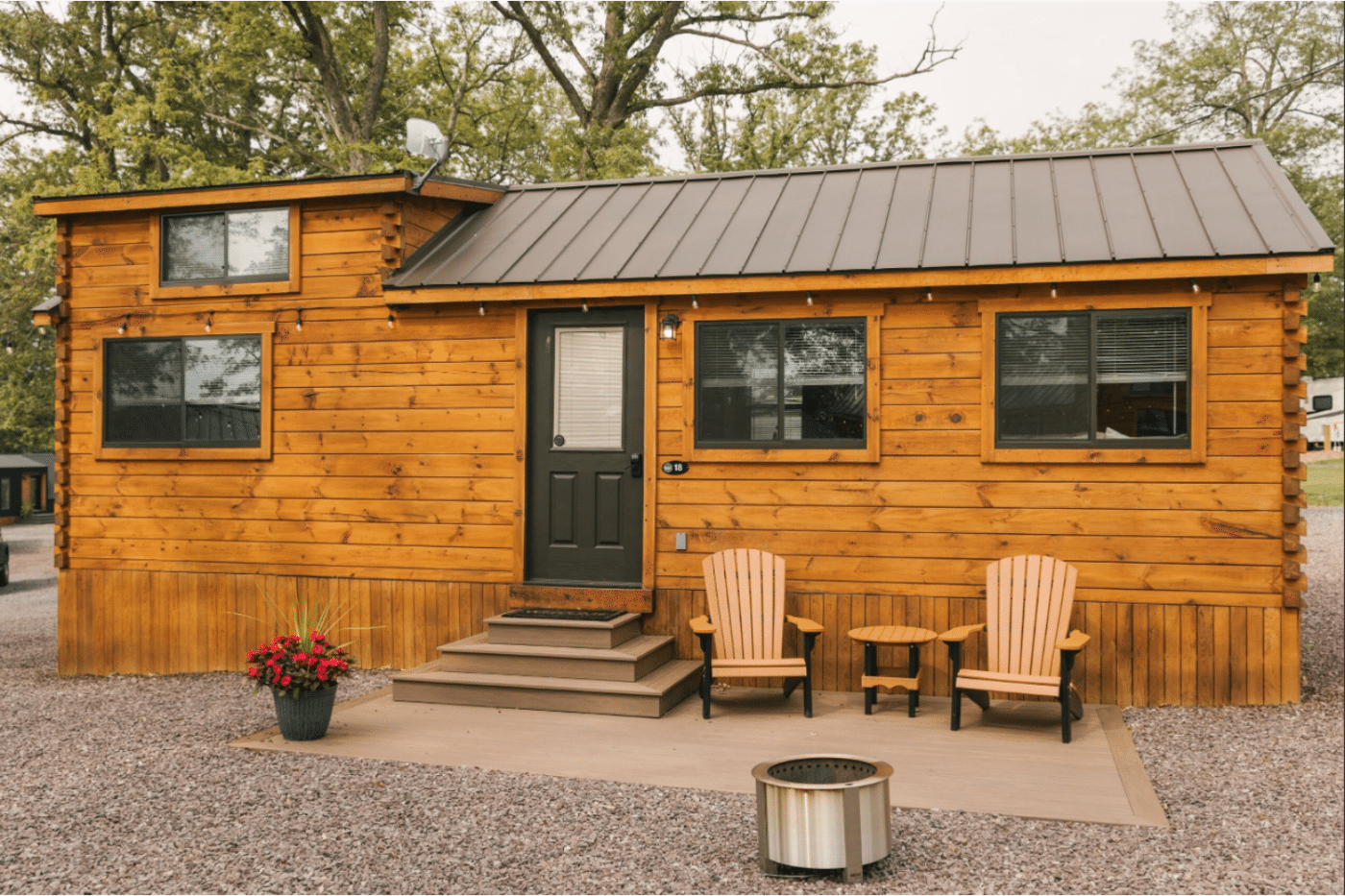
A tiny home often refers to what we call a Park Model Home. This structure is built to be RVIA-certified and is on wheels. Another name for these kinds of buildings is Tiny Homes On Wheels or THOWS for short. Some people may also convert a shed or garage into a tiny home, but for the sake of this article, we will focus on the Park Model side of tiny homes.
What Is A Tiny Home Foundation?
A foundation is where your tiny home will be located “permanently.” Now, when we say permanently, we mean a location where your tiny home resides consistently. Most people like Tiny Homes because they can quickly move to another location. However, all Park Model Homes, such as The Nook Family and Nook Studio, need to be parked on a surface that can withstand the structure’s weight and does not allow the weight of the building to sink into the ground.
Can I Move My Park Model Tiny Home?

Yes, but do so with research and caution. Park model homes are built larger than a smaller tow-behind THOW. In most cases, moving a Park Model Tiny home will require that you have special escort services. If you want to have your park model home, like our Cascade Park Model Tiny Home, we recommend using a company with experience moving a Tiny Home, like Ibex Transport in Atglen, Pa.
How Big Should A Tiny Home Foundation Be?
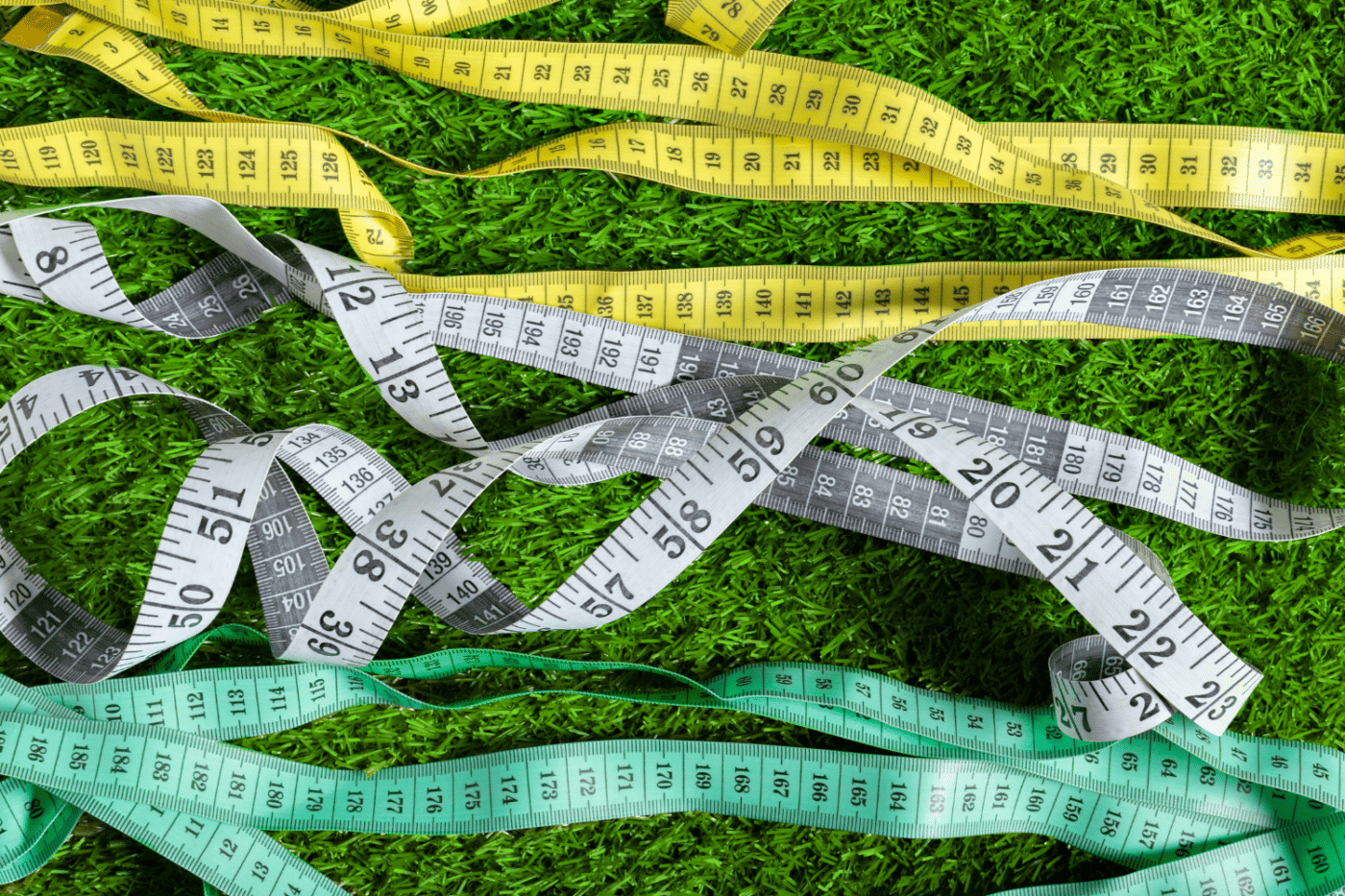
We recommend that a tiny home foundation be at least 3 feet wider and 3 feet longer than the size of the tiny home. For example, our Rockwood Park Model Home is 11’9”x 40’, so your tiny home foundation should be at least 14’ 9” x 43’. This will allow your home to be centered on the pad and allow for even weight distribution across the foundation space.
Remember that most people like to create a patio and common area near their tiny home. We recommend that you make a foundation for these items while building your tiny home foundation.
How Thick Does My Tiny Home Foundation Need To Be?
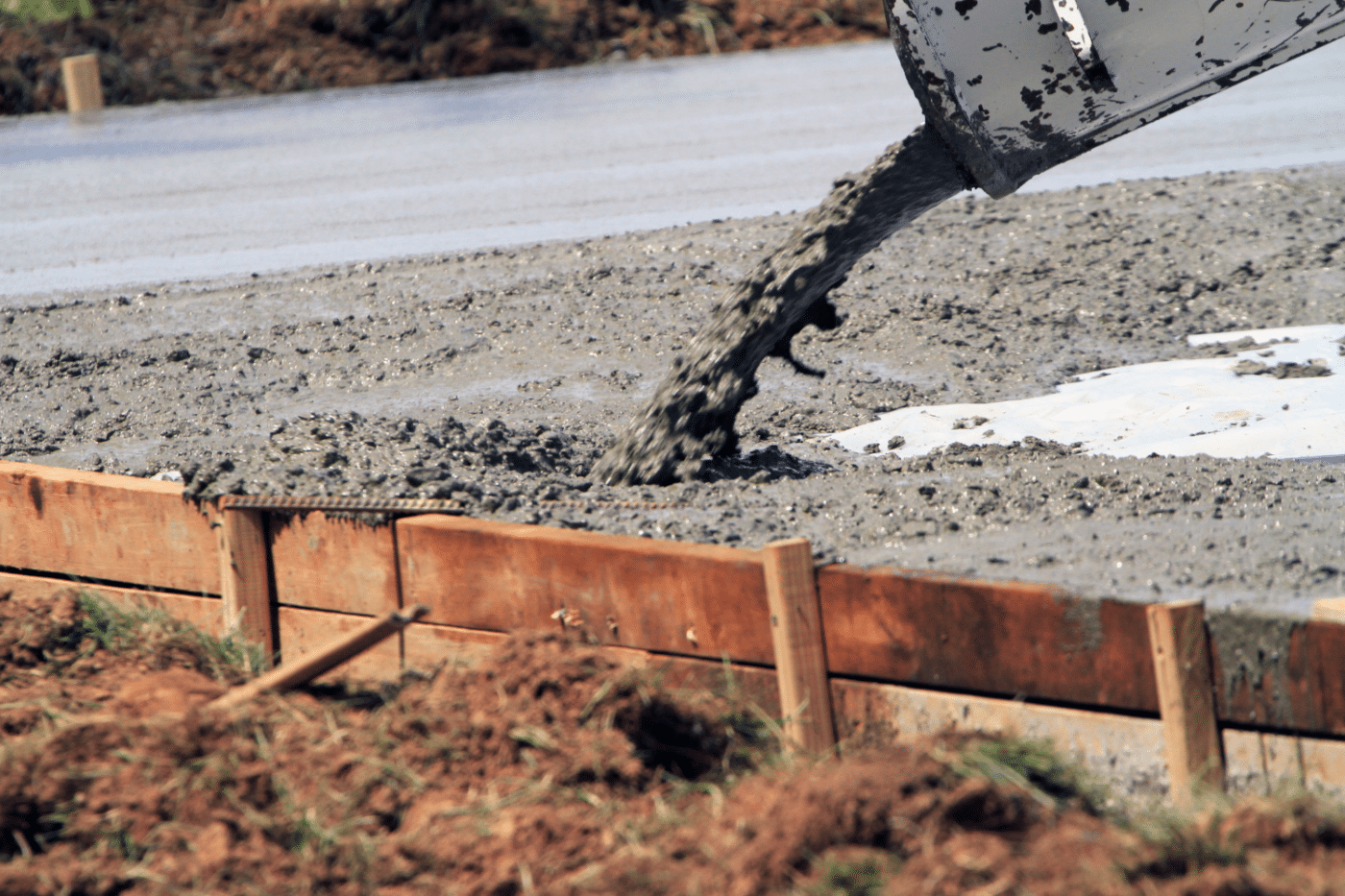
Your foundation for a park model tiny home, like our Luna Park Model, should be at least 5 inches. If it is less than 5 inches, your building may begin to crack or split under the weight of the structure. On the other hand, creating a thicker foundation is fine, but typically, it will only result in an added cost and offer little benefit.
What Are The Best 2 Foundations For Park Model Tiny Homes?
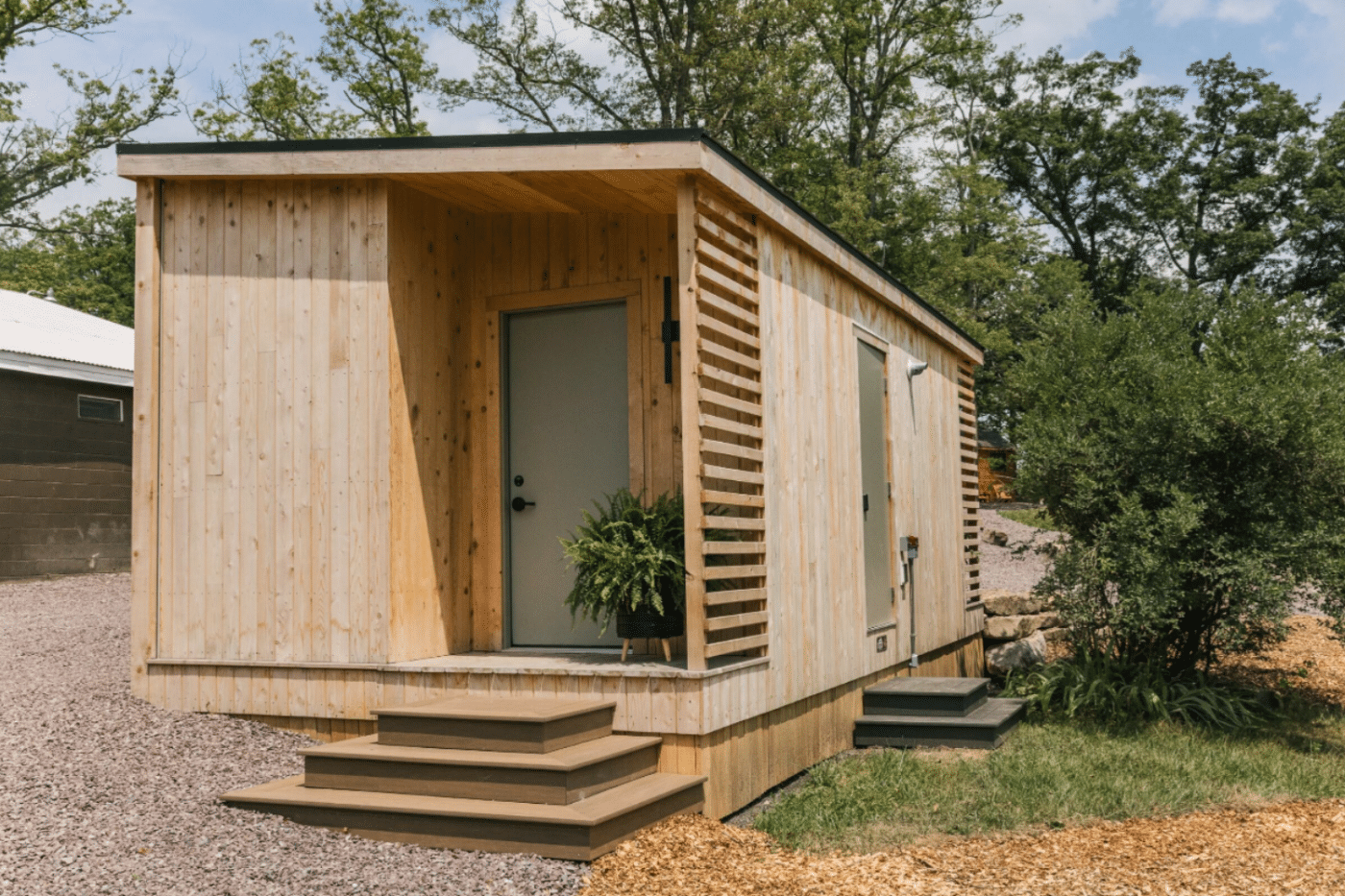
1.) Gravel Pad
Gravel pad foundations for tiny homes are by far the most popular. They are easy to install and relatively low-cost. The best feature of this kind of tiny home foundation is that it allows for drainage without needing to install any additional drainage solutions.
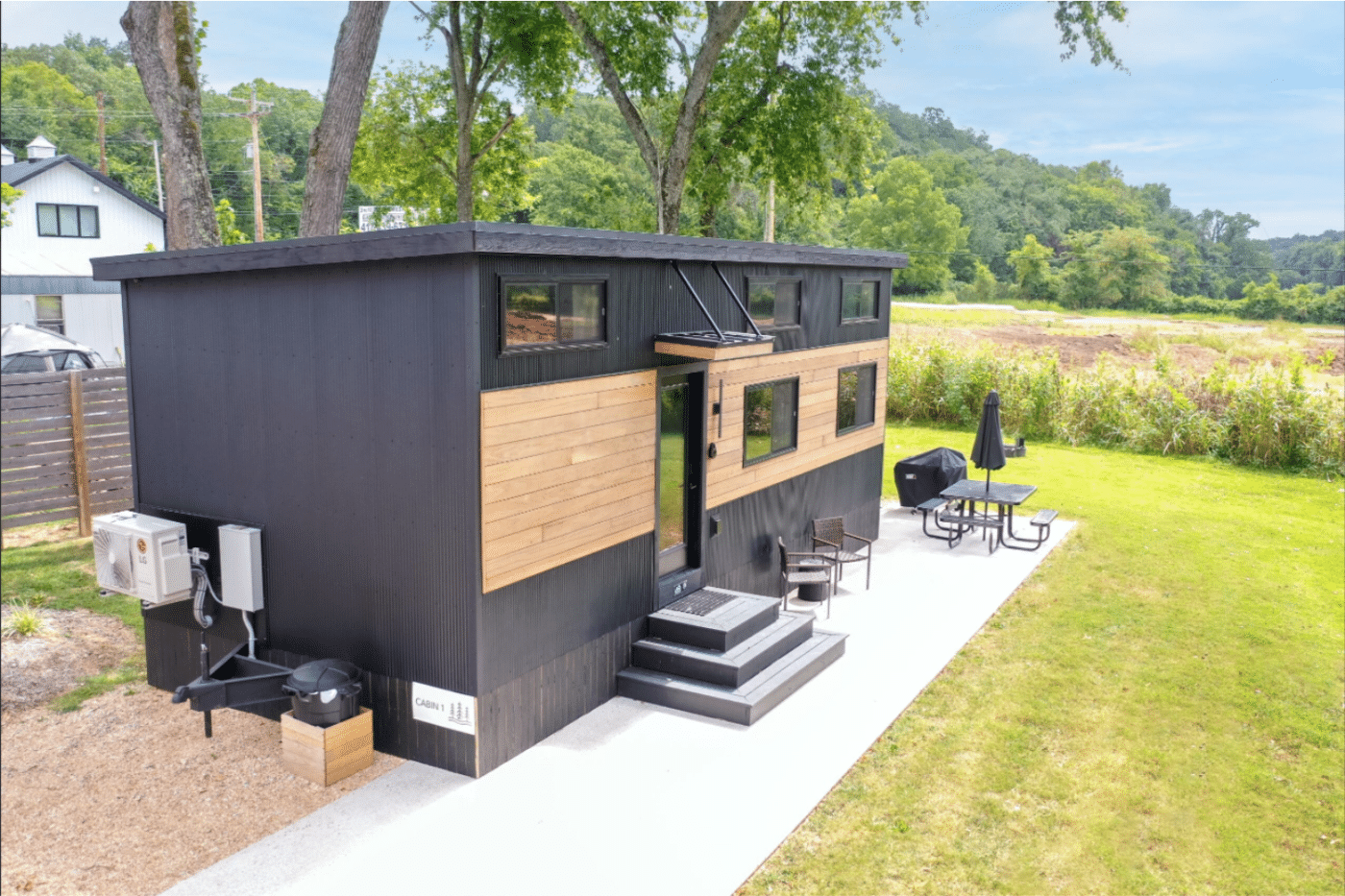
2.) Poured Cement Foundation
Poured concrete slabs are the absolute best foundations for a park-model tiny home. When these foundations are created, they are entirely level and require very little ongoing maintenance. Additionally, if built correctly, they can last up to 100 years.
How Do I Install A Gravel Pad Foundation For A Park Model Tiny Home By Myself?
Installing a gravel pad foundation is relatively easy and only requires a few basic tools. In the video above, Site Prep walks you through how to create a quality gravel pad for shed foundations. These principles can then be translated into creating a foundation for your tiny home.
Pros And Cons Of Gravel Pad Foundation*
Pros:
Easy for DIY, Affordable, Fast
Cons:
Using the wrong gravel can cause issues, Time-consuming for novice DIYers
How Do I Install A Poured Slab Foundation For A Park Model Tiny Home By Myself?
While this video shows how to create a smaller concrete pad than what is needed for a park model the size of ours, the same logic applies to creating larger pads. Nonetheless, concrete can be a complex medium to use if you are still getting familiar with the process. However, if you are willing to take your time and work through the process, this will give you a foundation pad that can last more than a lifetime.
Pros And Cons Of Poured Slab Foundation*
Pros:
Long Lifespan, Can Be Done In Batches, Can Be Done As A DIY
Cons:
Needs More Material, Needs additional components to be strong, needs time to set, Costly
*We highly recommend that your park model tiny home foundation be professionally installed. The information in these videos are meant for proof of concept only. If you install a pad by yourself, you assume all liability for the foundation of your park-model tiny home.
What Foundation Is The Most Affordable For Park Model Tiny Homes?

Gravel pads are the most affordable foundation for park model tiny homes. On average, having someone construct a gravel pad for you will cost $5-$9 per square foot. This project can be fairly simple to do on your own, and if you build it in the optimal conditions, you could expect to pay $2.40 a square foot at the time of this writing.
What Kinds Of Companies Build Tiny Home Foundations?
If you do a quick Google search for tiny home foundation builders, you will be disappointed that nearly no results have come up. However, if you search for shed foundation builders or concrete contractors and explain the project you would like, a local company should be able to assist you.
What Is The Best Foundation Option For A Park Model Tiny Home?
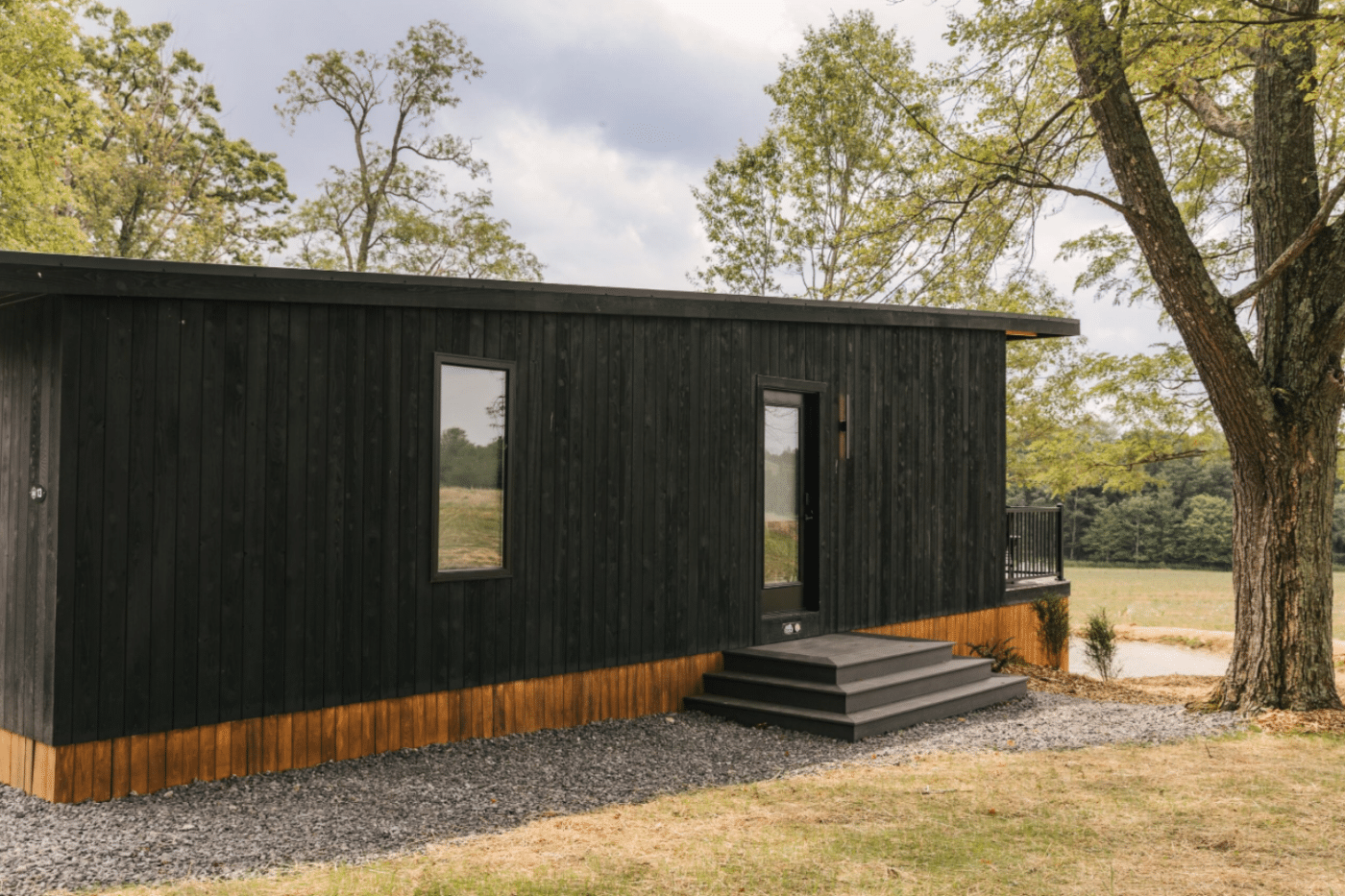
According to James Stoltzfus, part of the quality control team here at Zook Cabins, a cement slab with leveling blocks is the ideal foundation option. This will give your Tiny home the perfect foundation to rest on, and the leveling blocks will help ensure extra stability at the outermost corners of the park model home like our Alpine Park Model. In addition to the foundation and leveling blocks, James recommends utilizing mobile home tie-downs to ensure additional safety.
What Laws And Regulations Do I Need To Follow When Making A Tiny Home Foundation?
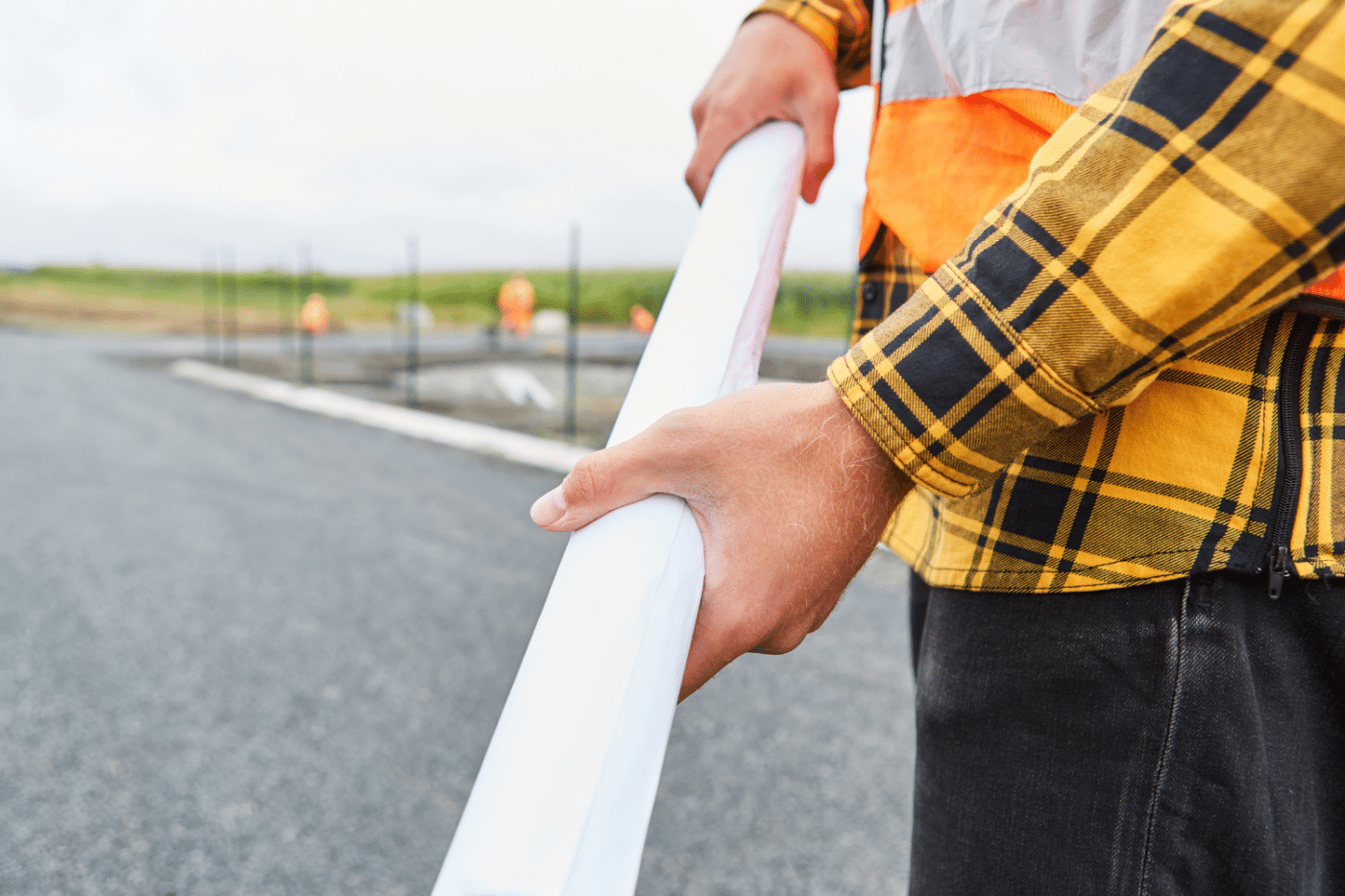
Zoning Permit
Zoning permits can be found on your local municipality’s website or by stopping by their office. They will tell you how close you can have the building pad to the property line and if there is a specific way that you need to construct your building foundation. Following these guidelines will allow you to meet the standards needed for your municipality and ensure there are no hiccups along the way.
Building Permits
Depending on your location, you may be required to get a building permit to place your park model tiny home foundation. This is especially true if you are planning to put in a cement slab, as there may be stipulations regarding the amount of permeable area on the property. Another reason that a building permit may be required is if you need to run electricity to the location.
*There may be more items than building and zoning permits to create a foundation pad. Always check with your local government to see what should be completed for your foundation.
What Are The Worst “Foundations” For Park Model Tiny Homes?
No Foundation
Parking your tiny home or park model on no foundation is one of the worst things you can do. During the spring months, thawing of the ground will occur, and the ground will become soft. As the ground freezes and refreezes during this time, the weight of the tiny home will cause it to sink further and further into the ground. This will cause your Tiny Home’s weight to create a divot. This divot will cause your building to sink into the ground, damaging the wheels, land, and, ultimately, the structure itself.
Stacked Cinderblock Foundation
Cinder blocks seem like they would be able to hold the weight of your tiny home. And honestly, they can. Here’s the issue, though. Without a pad below them, you will be subject to the blocks sinking into the ground during the spring thaw. When this occurs, the cinder blocks can also crack, resulting in more damage to the tiny home. Additionally, cinder blocks will cause more noise as you walk across the structure, as the sound of metal and masonry connecting causes chattering.
Can My Tiny Home Foundation Be Denied?
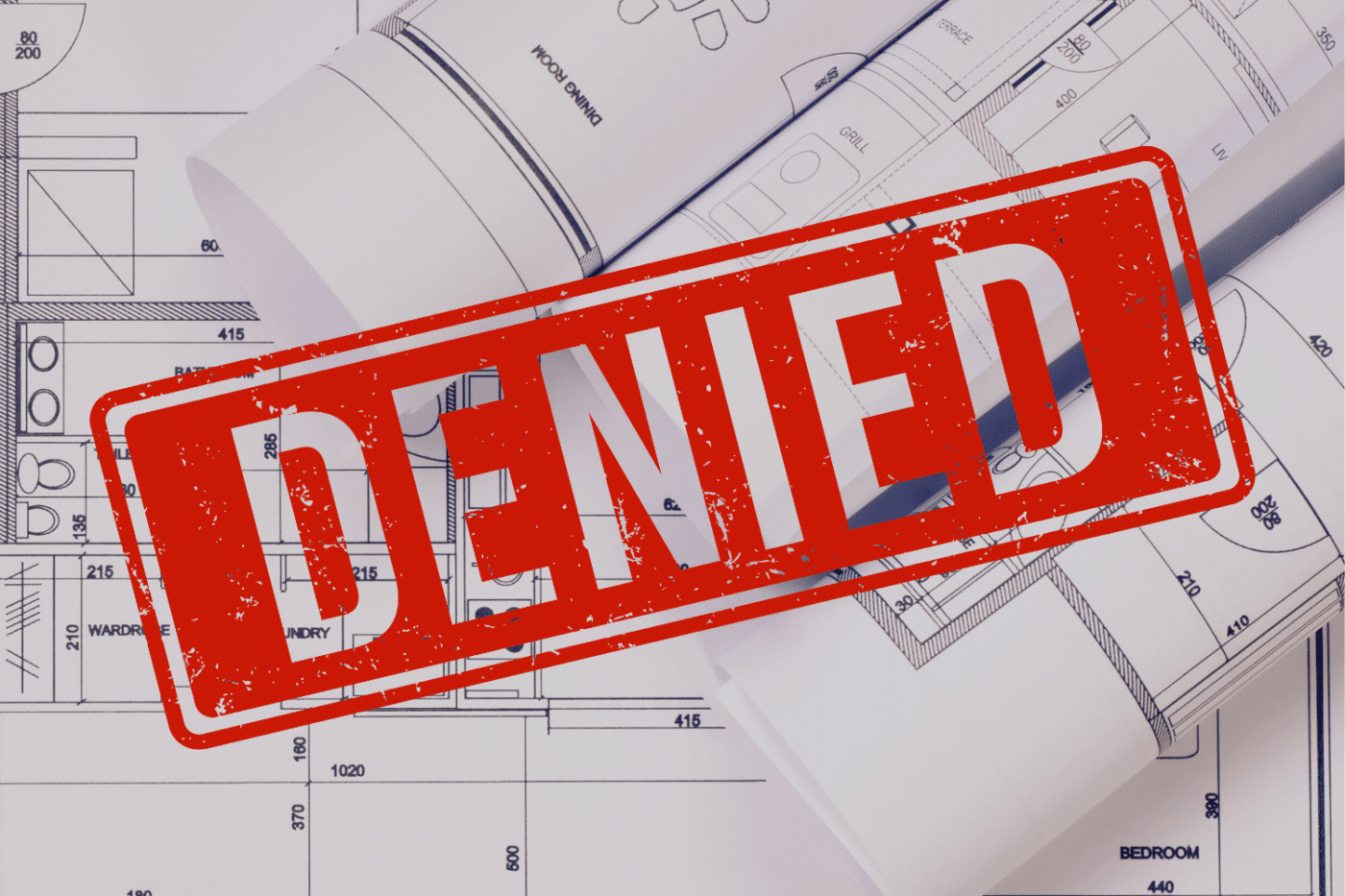
Yes. Some municipalities will not allow you to have a Tiny home on your property, and your tiny home foundation may be denied in such instances. On the other hand, it may be rejected with a contingency of approval after more information is given to the zoning board.
Conclusion
Building a foundation for your park model tiny home is something you can do by yourself, but we recommend having a professional install the pad for the best results. Make sure that your local zoning board approves the plan. The pad is at least 5 inches deep to support the weight and is 3’ wider and longer than the building itself. To learn even more, check out our Park Model Site Preparations page. When you are ready for your Park Model Tiny Home, contact us at Zook Cabins. We can’t wait to work with you to bring your dreams to life.
